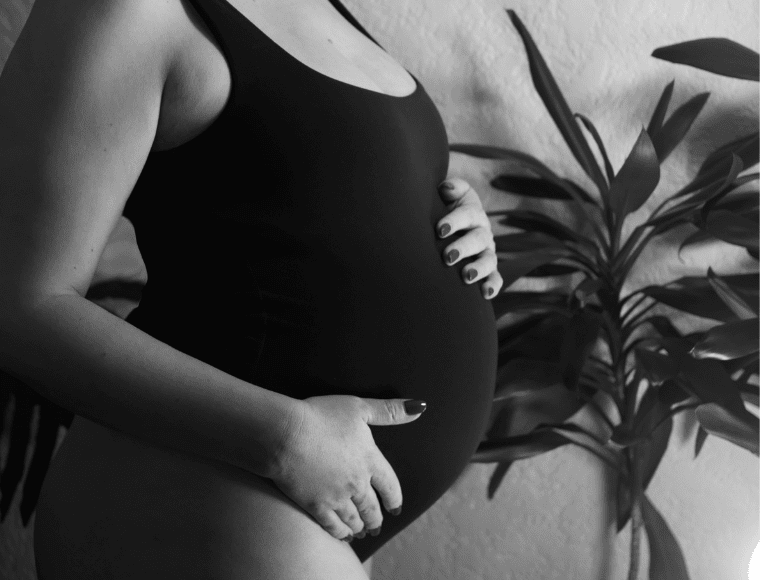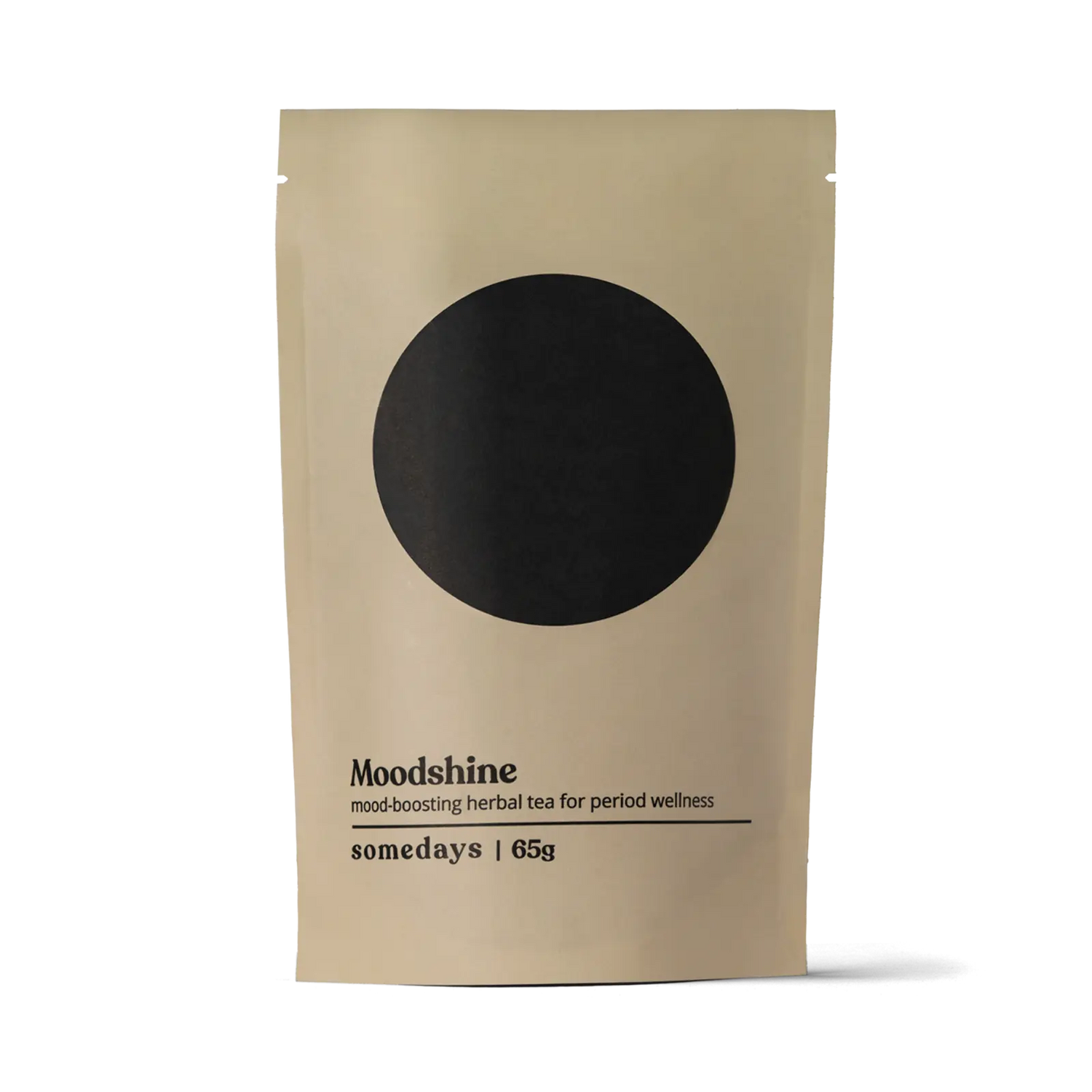Are endometriosis pregnancies high-risk?

Content Warning: This post discusses sensitive topics including miscarriage, infant loss, chronic pain, and surgical procedures. Reader discretion is advised.
Navigating fertility while dealing with endometriosis can feel daunting. Endometriosis is an inflammatory disease where tissue that’s similar to the uterine lining grows outside of the uterus, forming lesions on other organs in the body. This often leads to chronic pain, inflammation, and other challenging symptoms.
Endometriosis can come with fertility challenges that make getting pregnant more difficult for some people, but conceiving is certainly possible. So, what happens once a pregnancy is achieved? Do pregnant people with endometriosis have more difficult pregnancies, or does it cause other health challenges? Are all pregnancies in people with endometriosis considered high-risk?
The first thing to know is that many pregnant people with endometriosis go on to have healthy pregnancies and healthy babies. Some people even notice an improvement in endometriosis symptoms during pregnancy, especially in the later months. This may be thanks to increased progesterone levels in this stage, which can suppress the growth of endometriosis lesions temporarily.
However, endometriosis does increase the risk of some pregnancy complications, so it’s important to work closely with your primary care provider to monitor for any issues that could arise. Let’s break down some of the things to look out for.
Miscarriage
Pregnant people with endometriosis have higher rates of miscarriage than the average population. One study found that those with endometriosis experienced a 35.8% chance of miscarriage, compared to a 22% chance in those without the condition.
You can’t stop a miscarriage from happening, but it’s important to know the signs and seek medical attention if they arise. These include vaginal bleeding, cramping, passing tissue, and lower back pain. If you or anyone you know has experienced miscarriage or infant loss, or you want to learn more, check out these resources from our friends at Brood.
Preterm Birth and Low Birth Weight
Studies have shown that endometriosis pregnancies carry a higher risk of preterm birth, which means that the baby is born before 37 weeks of gestation. These babies usually have low birth weight, which can lead to further health problems. Some of the signs of preterm labor are contractions, pelvic pressure, fluid leakage and/or a change in vaginal discharge, especially containing blood.
Cesarean Sections
People with endometriosis have higher rates of cesarean section deliveries than the average population. This may be due to the presence of pelvic adhesions, which can make it more difficult for the baby to be birthed vaginally, leading to a higher likelihood of a C-section delivery.
Placenta Previa
The placenta develops during pregnancy, supplying nutrients and oxygen to the fetus. It usually attaches to the wall of the uterus, but in some cases, it attaches close to the cervix, which is the opening from the uterus to the vagina. In basic terms, the cervical exit may be blocked, which means a higher likelihood of a cesarean section.
This can put people at higher risk of placenta abruption, which is when the placenta separates from the uterine wall—a potentially life-threatening condition. People with endometriosis may be at higher risk of placenta previa, so it’s important to look out for the symptom of bright red vaginal bleeding during pregnancy.
Although these risks may seem daunting, remember that it is also common for people with endometriosis to have healthy pregnancies and births without these complications. However, increased medical monitoring in people with endometriosis is important to make sure that they receive the best care possible and minimize the risk of any complications.
Managing Endometriosis While Pregnant: The Importance of Self-Care
Even without further complications, some people can experience a worsening of endometriosis symptoms, especially in the first months of pregnancy. This may be due to higher estrogen levels, which may cause lesions to worsen, or because of the uterus growing rapidly which may stretch tissue previously scarred by lesions.
Endometriosis treatment options like surgery or hormonal therapy are generally not recommended for pregnant people, so a lot of it comes down to practicing self-care and pain management. Using heat in the form of baths or hot compresses can bring some relief, as well as gentle exercises like walking or prenatal yoga.
The pelvic pain relief products offered by Somedays like Cramp Cream may also be options for more natural pain relief during pregnancy, without the side effects of traditional pain relief options. However, it’s important to consult with your doctor before starting to use any new products during pregnancy to ensure that they are safe for you.
The bottom line is that while endometriosis pregnancies may carry more risks than those in the general population, lots of support is available. Working closely with your healthcare providers, advocating for yourself with the help of a birthing partner, practicing good self-care, and paying close attention to any symptoms that may arise are all important ways to promote a healthy pregnancy and birth.
If you or someone you know thinks they may have endometriosis and has not yet been diagnosed, you can take a free endometriosis risk assessment here.
Thea Walmsley is a writer based in Vancouver, Canada focusing on menstrual health and body literacy. After struggling with chronic pelvic pain for years, she discovered fertility awareness, which gave her the knowledge and self-understanding to manage symptoms more effectively. She is now a fertility awareness teacher-in-training, using writing, teaching, and storytelling to share this knowledge more widely and help others advocate for their menstrual and overall health.
Previous Article All Articles Next Article
All Articles


